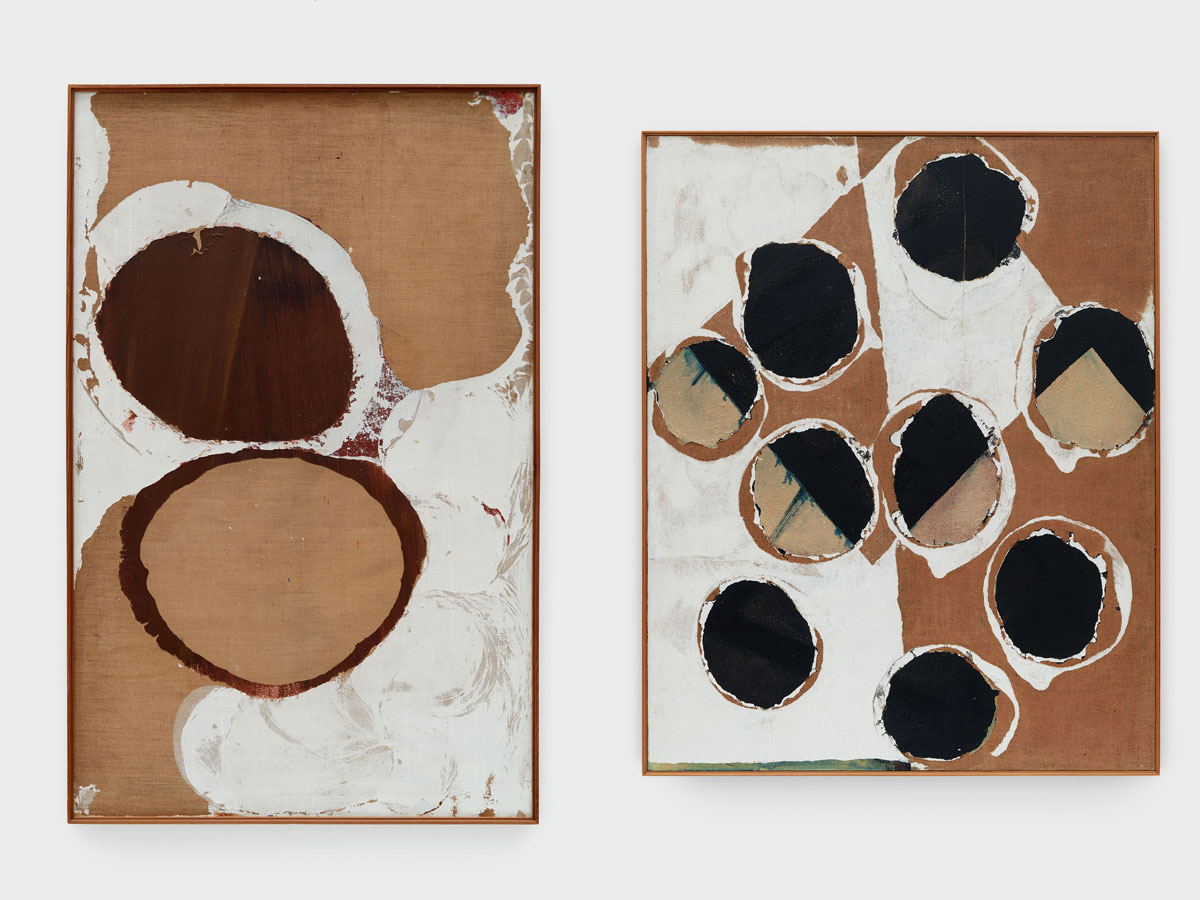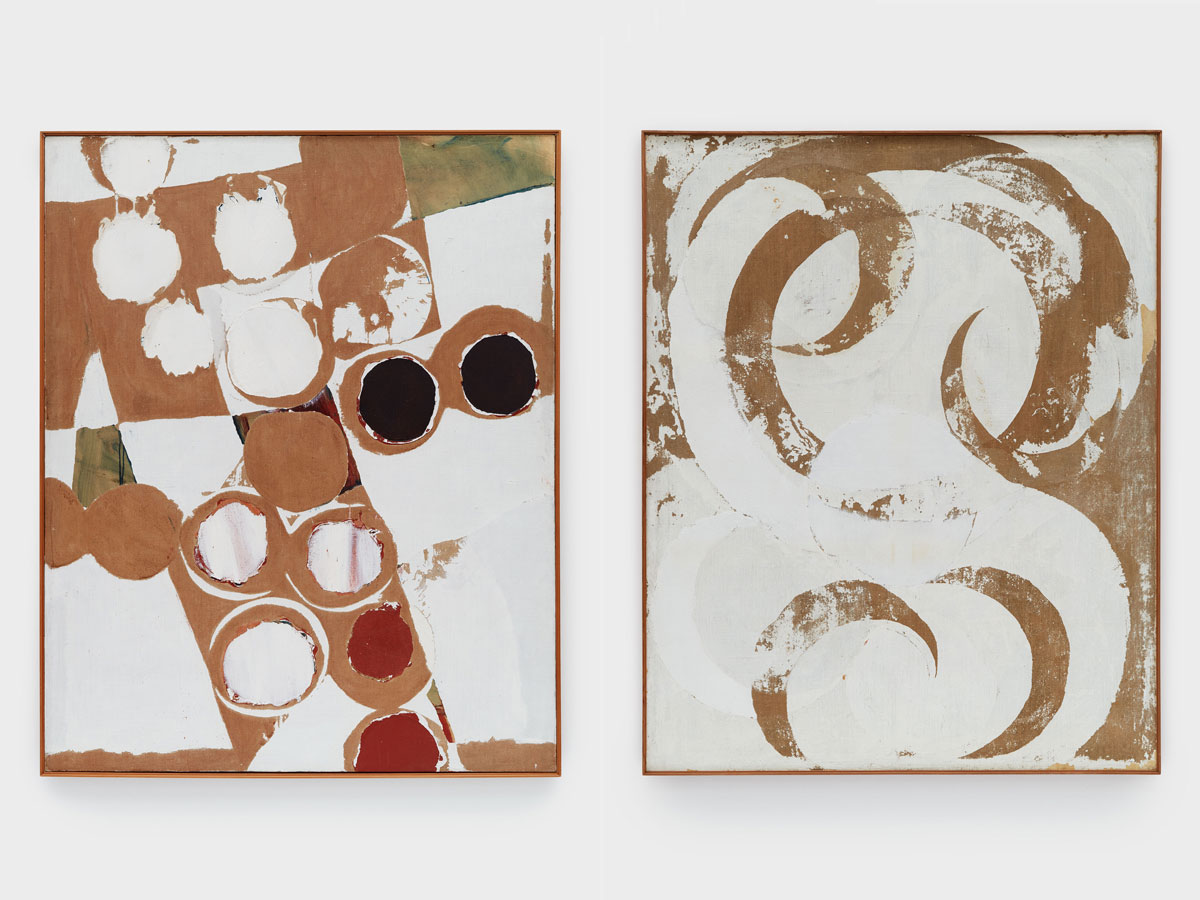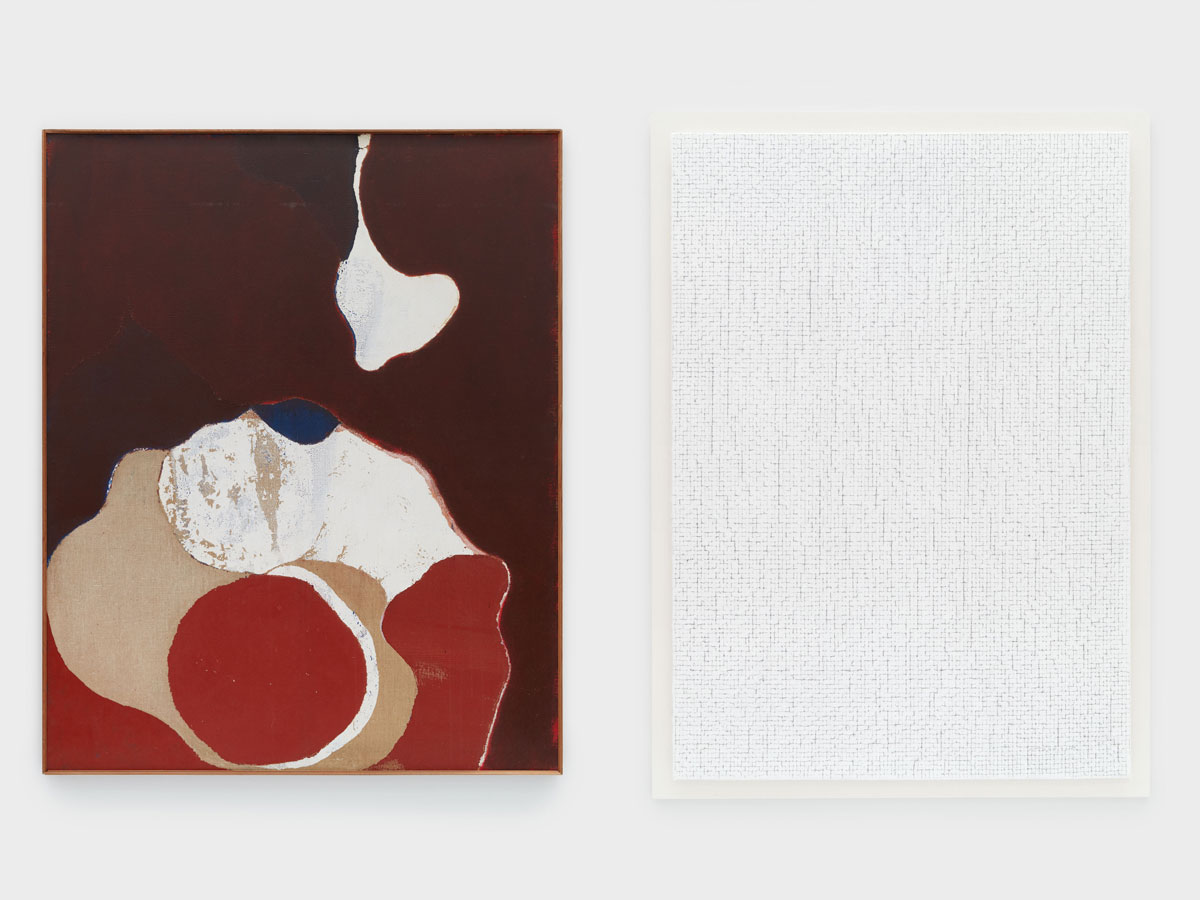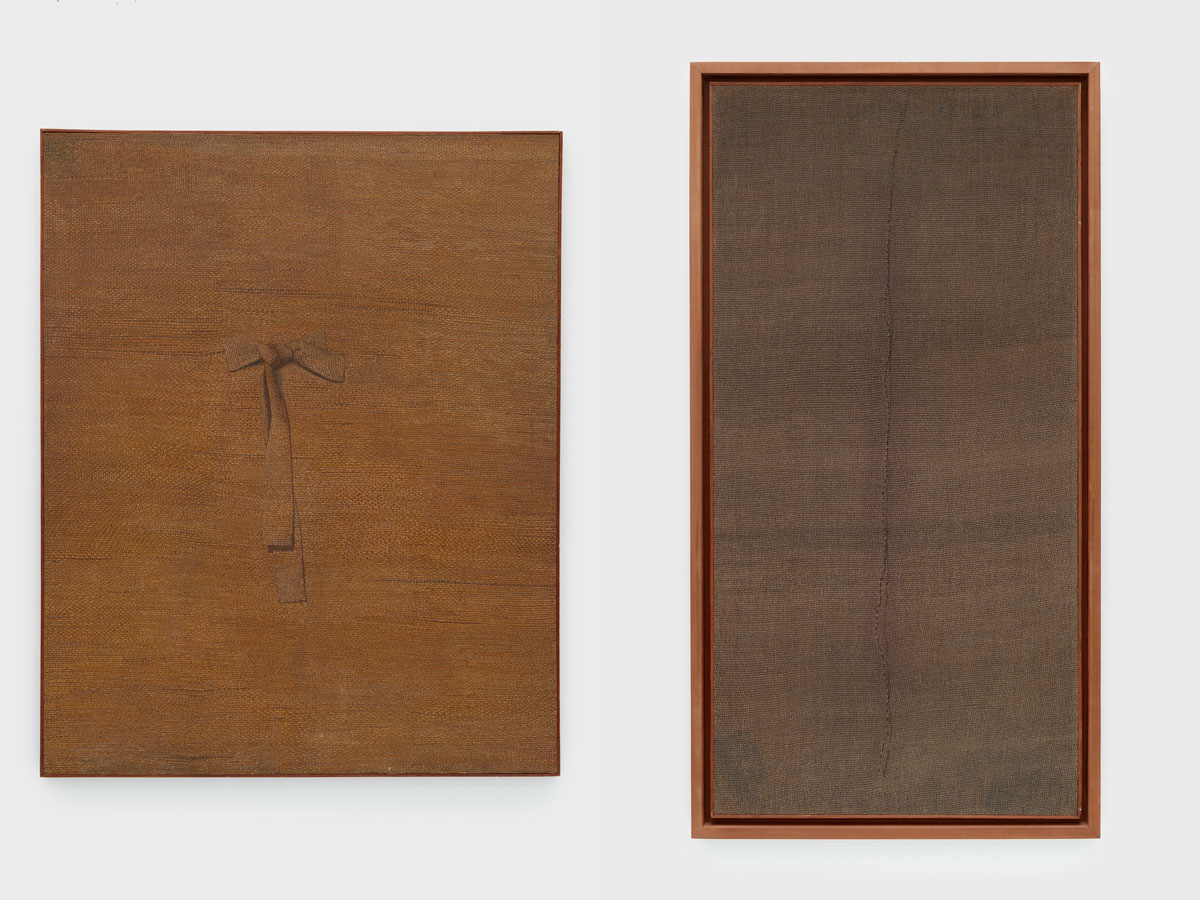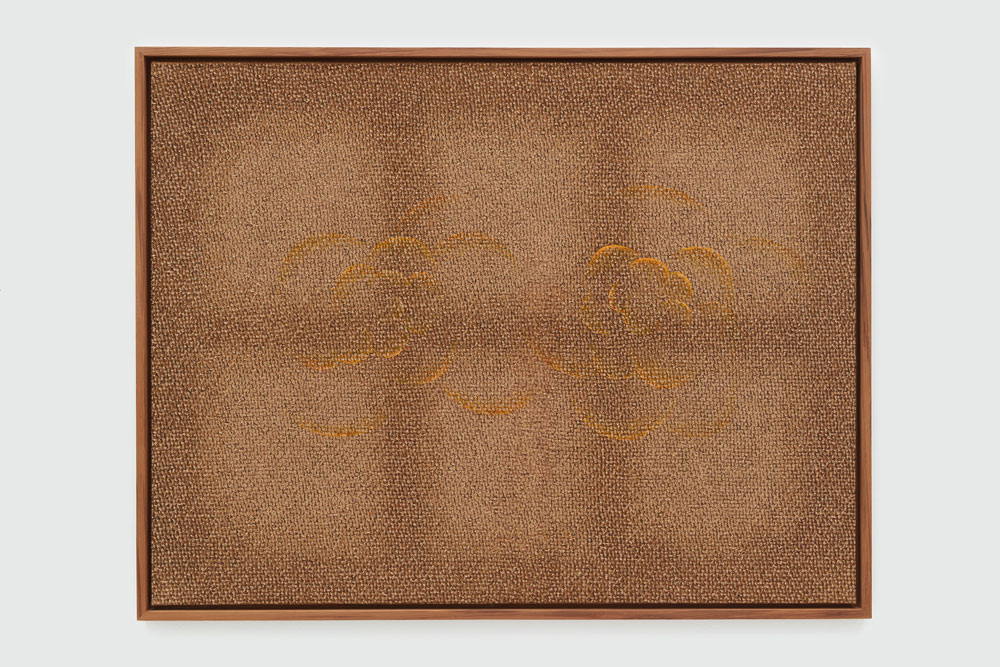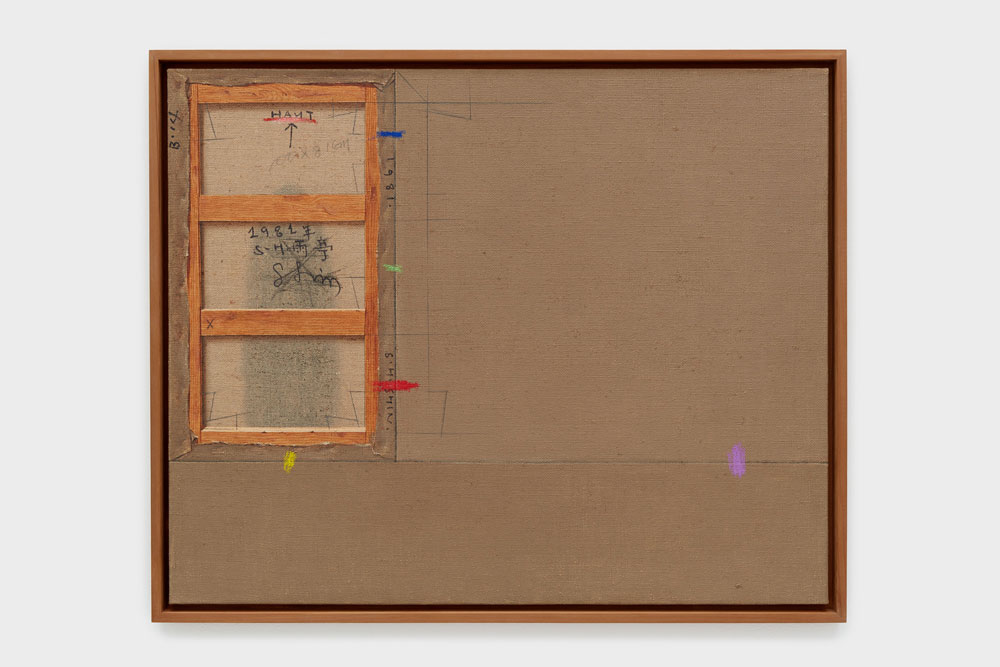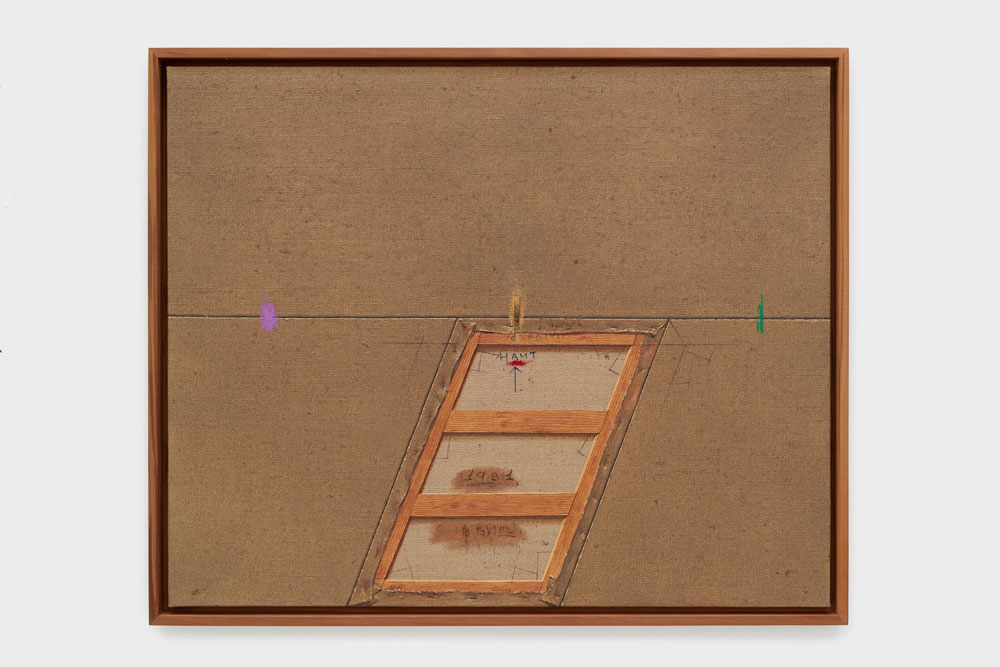ART CITIES:Los Angeles-Chung Sang-Hwa & Shin Sung-Hy
 In the late 19th Century, Korean traditional art found itself at the crossroads, due the influx of new materials, techniques and styles from oversea. Moving into the 20th Century, the popular perception of an artist was drastically changing. The first half of the 20th Century was a time of great turmoil for Korea, beginning with the Japanese annexation and colonial rule (1910-45), and concluding with the Korean War (1950-53).
In the late 19th Century, Korean traditional art found itself at the crossroads, due the influx of new materials, techniques and styles from oversea. Moving into the 20th Century, the popular perception of an artist was drastically changing. The first half of the 20th Century was a time of great turmoil for Korea, beginning with the Japanese annexation and colonial rule (1910-45), and concluding with the Korean War (1950-53).
By Efi Michalarou
Photo: Blum & Poe Gallery Archive
Starting in the mid-1960s, a group of Korean artists began to push paint, soak canvas, drag pencils, rip paper, and otherwise manipulate the materials of painting in ways that prompted critics to describe their actions as “methods” rather than artworks. A crucial artistic movement of 20th Century Korea, Dansaekhwa (monochromatic painting) also became one of its most famous and successful. Promoted in Seoul, Tokyo, and Paris, Dansaekhwa grew to be the international face of contemporary Korean art and a cornerstone of Contemporary Asian Art. While Dansaekhwa reflects a sense of globalism and appears aligned with Western minimalism, the art remains grounded in doctrines of Eastern philosophy. The Dansaekhwa artists’ meditative and monastic outlook on artistic creation reflects tenets of Taoism, Buddhism, and Neo-Confucianism, as they contemplate issues surrounding civic disorder and political turbulence through a deliberate engagement with philosophical and spiritual ideologies. This is the first major exhibition of two influential artists in the history of Korean painting since the 1960s, in Los Angeles to focus on Chung Sang-Hwa and Shin Sung-Hy work. Chung Sang-Hwa’s early paintings from the 1960s were made in the style of Art Informel, then prevalent in the Korean art scene and a local movement in its own right. This exhibition presents several very rare examples from this period: colorful compositions with gestural mark-making that engage the negative space of the exposed canvas, a prelude of work to come in future decades. In examples from a body of work now renowned and iconic of Chung’s oeuvre. Between 1967 and 1992, Chung lived in Paris and Kobe, where he developed this aesthetically minimal and process-focused practice. After applying multiple layers of acrylic to the canvas, the artist draws a grid on the reverse and alternately rolls, compresses, and scores the canvas in order to crack the painted façade, thereafter using a knife to further chip away at the surface. Chung then fills in areas with different types of paint, the varying speeds of drying causing further cracks to emerge. This exhibition also features the artist’s “Frottage” works, drawings made by rubbing graphite onto paper laid over his completed paintings. With its technique rooted in labor and repetitive gesture, Chung’s work is central to the history of the Dansaekhwa movement and its authoritarian political system. Shin Sung-Hy’s practice questions the two-dimensionality of painting and the viewer’s perception of the painted surface. Between the mid-1970s and early 1980s he made paintings on jute that appear to be hyper-realistic depictions of jute itself, augmenting and disrupted one’s perception of the weave in the painting’s actual support. Thereafter, the artist developed a technique called “nouage” (knotting) by coarsely painting the canvas on both sides, interpreting the plane as a three-dimensional object. The artist would rip the material into thin strips, denying and dismantling the painted surface, causing the images within to “die”. Weaving and knotting those pieces together, he reconfigured the materials into new paintings, many of which consist of a monochromatic expanse of white in contrast to the knotted morass of color. This exhibition features both bodies of work, from the flatly photorealistic early paintings to the physically wrought canvases of the 1990s and 2000s.
Info: Blum & Poe Gallery, 2727 La Cienega Blvd, Los Angeles, Duration: 3/11/18-11/1/19, Days & Hours: Tue-Sat 10:00-18:00, www.blumandpoe.com
